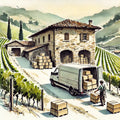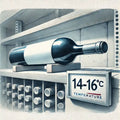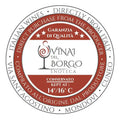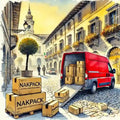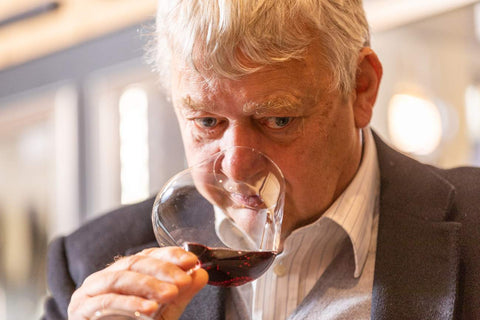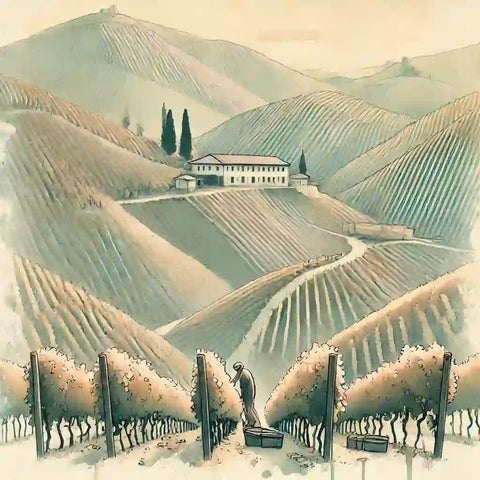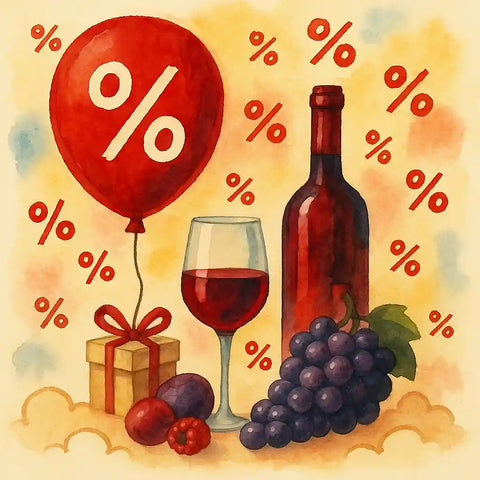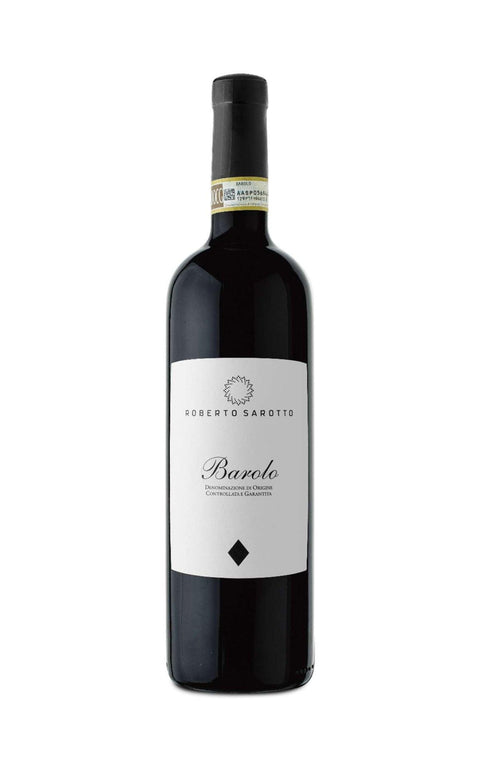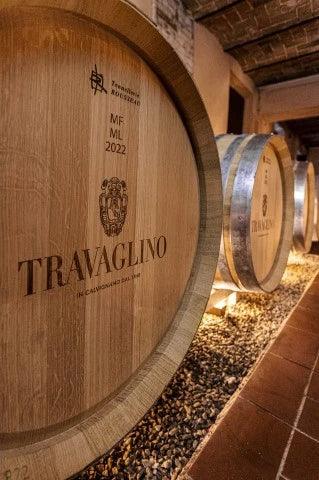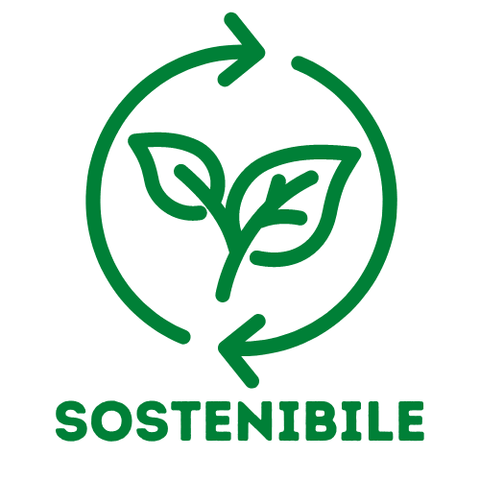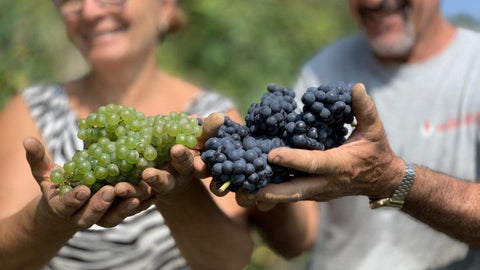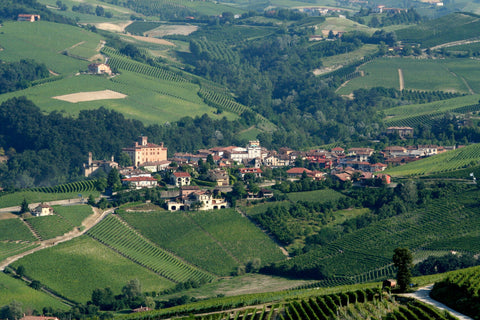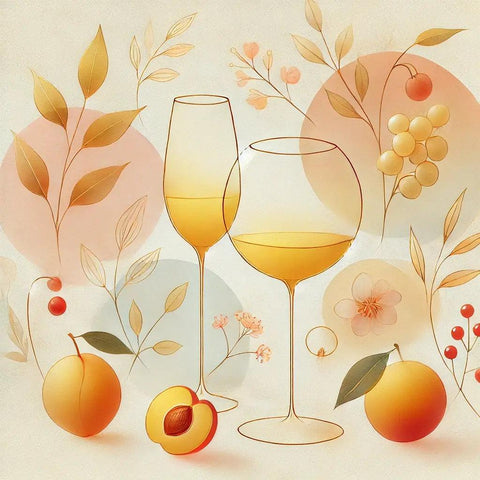Classic Method
Sparkling winemaking method that involves refermentation in the bottle. It is used for wines such as Alta Langa, Franciacorta and Champagne.
Foam Take
The second fermentation in the bottle that produces the wine's natural bubbles.
Disgorgement
Operation by which yeast residues (lees) are eliminated from the bottle before final closing.
Dosage
The addition of a mixture (liqueur d'expédition) after disgorgement to adjust the degree of sweetness of the wine.
Unsweetened / Brut Nature
Sparkling wine with no added sugar after disgorgement, with a very dry taste.
Refining on the yeasts
Period in which the wine rests in the bottle in contact with the yeasts, acquiring complexity and structure.
Perlage
The movement and finesse of the bubbles in the glass: the smaller and more persistent they are, the higher the perceived quality.
Remuage
The progressive movement of the bottle to allow the yeast residues to slide towards the neck of the bottle, in preparation for dégorgement.
Cuvee
Blend of base wines used to create a sparkling wine: may include multiple vintages or grape varieties.
Expedition Liqueur
Mixture of wine and sugar added after disgorgement to define the style (Brut, Extra Dry, etc.).
Fermentation in the bottle
Typical process of the Classic Method, in which the second fermentation takes place directly in the bottle, generating natural carbon dioxide.
Batonnage
Technique of stirring the yeasts during the refinement, which enriches the wine with complexity and roundness.
Autolysis
Natural degradation process of dead yeasts that enriches the wine with hints of bread, butter and dried fruit.
White of Whites
Sparkling wine obtained exclusively from white grapes, generally Chardonnay, with a fresh and mineral profile.
White of Blacks
Sparkling wine produced with red grapes (such as Pinot Noir), vinified in white. Offers more body and structure.
Champenoise
Another term to indicate the Classic Method, used especially in reference to Champagne.
Zero Dosage
Synonym for Pas Dosé: sparkling wine with no sugar added after disgorgement, dry and direct.
Magnum
Format 1.5 liters. In the Classic Method it allows a slower and more refined evolution of the wine.
Late disgorgement
When the dégorgement is carried out a long time after the secondary fermentation, allowing for prolonged refinement on the yeasts.
With the Fund
Sparkling wine refermented in the bottle without disgorgement. It keeps the yeasts inside and offers a more rustic and traditional profile.
Martinotti Method
Alternative sparkling wine making method to the Classic Method, which involves the second fermentation in an autoclave. Used for Prosecco and Asti.
Satèn
Term used in Franciacorta for low-pressure (4.5 atm) and greater softness white sparkling wines.
Vintage
Sparkling wine produced with grapes from a single declared vintage. Indicates greater selection and typicity.
Zero Dosage
Term indicating sparkling wines without added sugar, synonymous with Pas Dosé or Brut Nature.
Ancestral Method
Sparkling wine with a single fermentation, interrupted and then reactivated in the bottle. It does not require dégorgement or dosing.
Refermentation
Process through which carbon dioxide is generated in the bottle or autoclave, transforming the base wine into sparkling wine.
Basic wine
The initial still wine from which we start to produce a sparkling wine with the classic or Martinotti method.
Sugar residue
The amount of sugar present in the wine after the sparkling process. It determines the classification: Brut, Extra Dry, etc.
Sugar classification
Sparkling wine category based on sugar content: Pas Dosé, Brut, Extra Dry, Dry, Demi-Sec.
Wine on the lees
Wine bottled with the yeasts still present. It offers more rustic and complex flavor profiles.
Breaking point (bottle)
The fragile point of the bottle, prepared during the remuage to facilitate the expulsion of the yeasts during the dégorgement.
Bidule hood
Small plastic container inserted into the neck of the bottle to collect residues during refermentation.
Stack
The inclined position in which bottles are arranged during remuage or cellar aging.
Soft pressing
Gentle must extraction technique that avoids breaking the skins and preserves the finesse and freshness of the wine.
Filling
Operation of filling the bottle after dégorgement, often carried out with the liqueur d'expédition.
Refining cellar
Place where bottles age on the lees, often at controlled temperatures and humidity for long periods.
Uncorking on the fly
Ancient manual disgorgement technique in which the cork is quickly removed without freezing the neck of the bottle.
Pulling liqueur
A mixture of sugar and yeast added to the base wine to start the second fermentation in the bottle.
Malolactic fermentation
Process that converts malic acid into lactic acid, making the wine smoother. Sometimes avoided in sparkling wines to maintain freshness.
Rural Method
Synonym of the ancestral method, where the wine is bottled before the end of the first fermentation, resulting in naturally sparkling wines.








